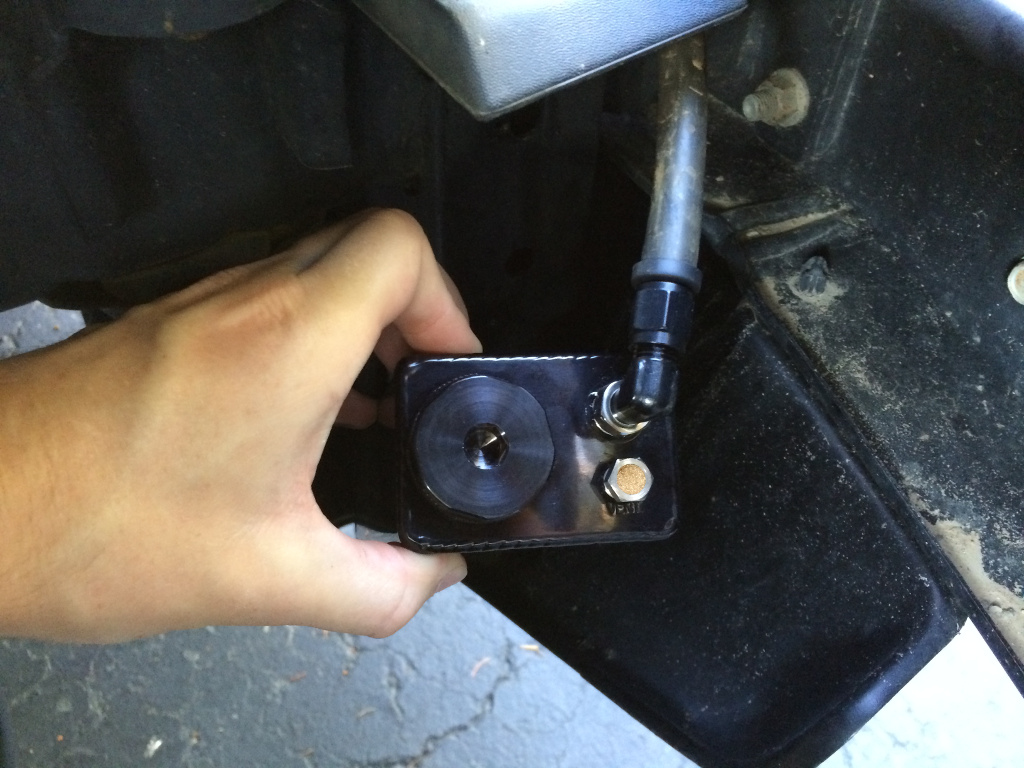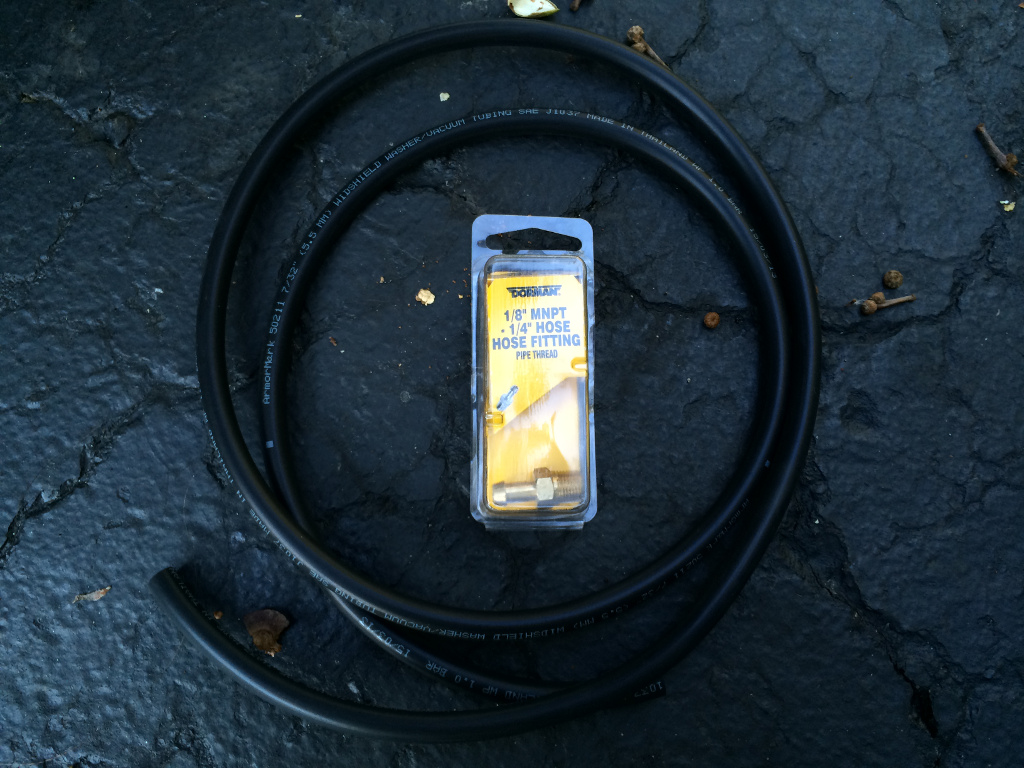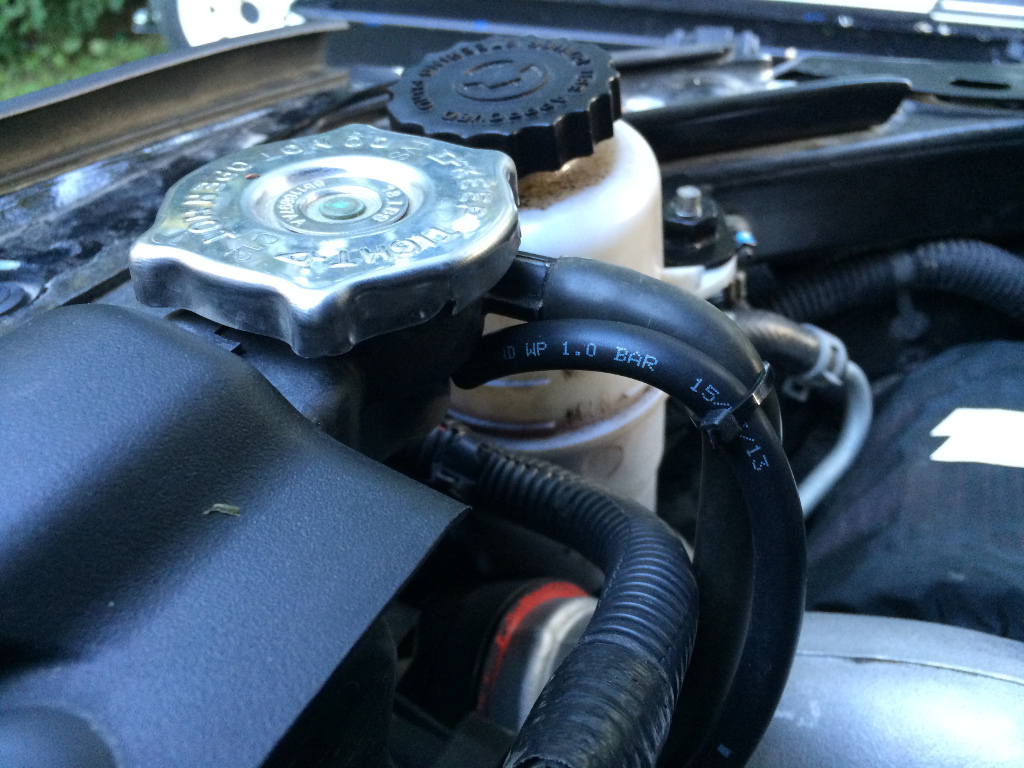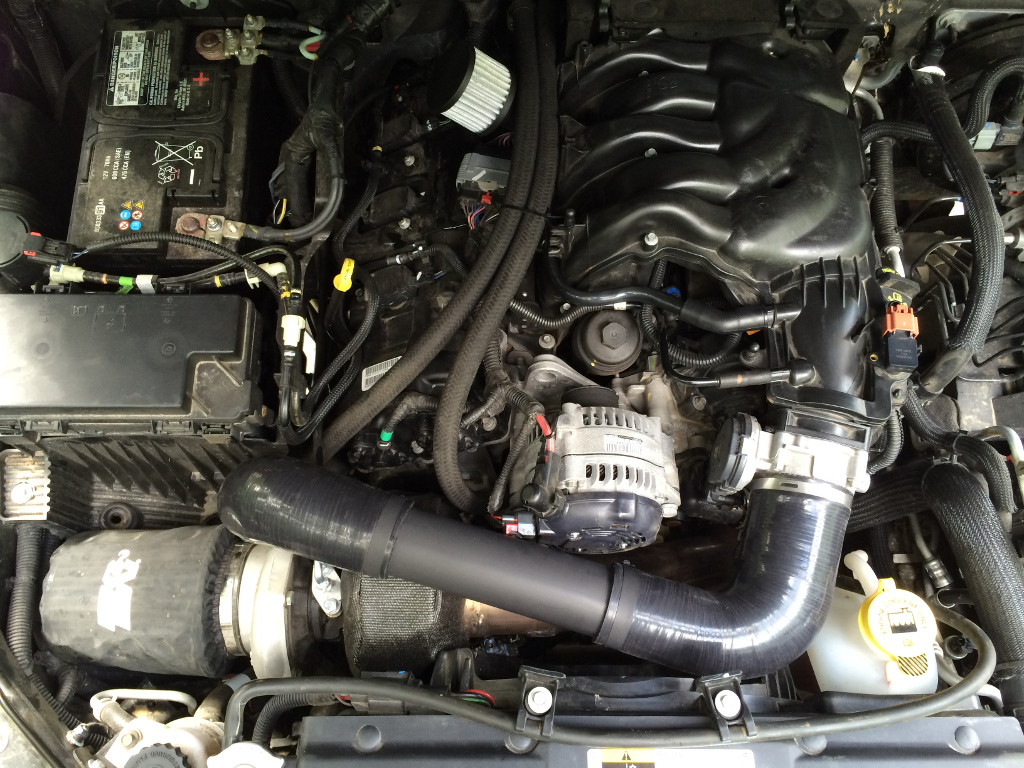I hope After going about it differently the first go round..this is almost exactly how we achieved success in alignment. Excellent write up that I hope modifies/supplements future versions of Prodigy's install manual.
Your Steps 6 and 10 were critical steps for our install, having done it differently the first time. Adding to step 14, we definitely had to use the impact to get a nice tight seal on those ball joints. I love those joints for their ability to flex around and still get a solid seal.







 Reply With Quote
Reply With Quote




 . I will contact PD , i might done something wrong.
. I will contact PD , i might done something wrong.



Connect With Us